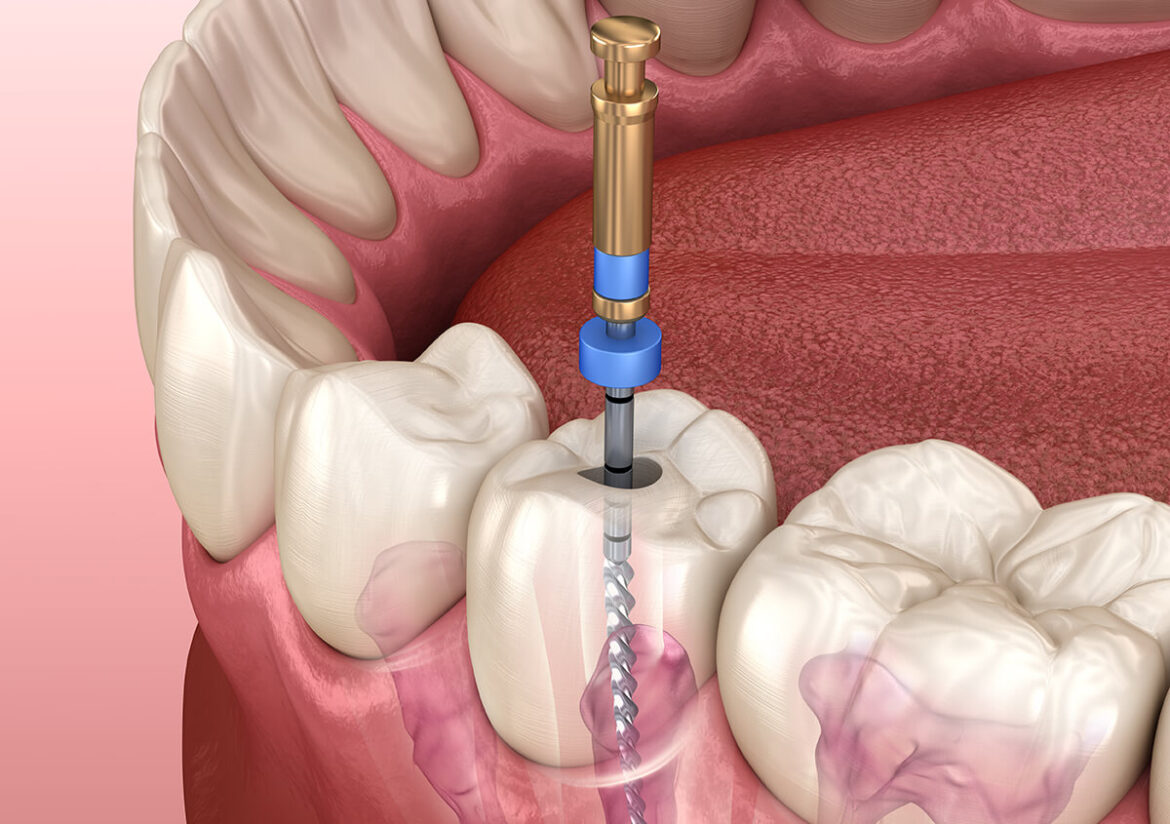Tooth decay, if left untreated, can be a great cause of concern. It can cause infection and inflammation, spreading into the deeper layers of your tooth. Conventional fillings may not help alleviate painful symptoms.
The dentists who perform root canal therapy in Richmond, IN, aim to eliminate the infection that has spread to the deeper layers of your tooth and help restore it. Read on to find out everything about root canal therapy.
What is root canal therapy?
Root canal treatment is an endodontic procedure that aims to eliminate infection from the tooth by removing the pulp and restoring it with a biocompatible material (gutta percha). The pulp is the innermost mass of connective tissue comprising the blood vessels and nerves that actively nourish the tooth.
Why would I need root canal therapy?
You may need a root canal therapy for the following reasons:
- Tooth decay has spread to the pulp, causing intense pain and discomfort
- You have a cracked or broken tooth
- You require this therapy before opting for a dental bridge
What are the signs that indicate I may need root canal therapy?
- Excruciating pain in the tooth that does not subside easily even after taking medications
- Increased sensitivity to heat and cold temperatures
- Visibly swollen gums
- Presence of an abscess (pus-filled pocket) around the affected tooth
- Swollen jaw causing facial asymmetry
- Tooth discoloration
- Pain while biting or chewing
- A chipped or cracked tooth
- Loose tooth
What happens during root canal therapy?
Root canal therapy is a simple outpatient procedure that involves the following steps:
- Your dentist will check the affected tooth for pain, sensitivity, and gum changes.
- A dental X-ray will be taken to assess the extent of pulpal involvement and study the root morphology.
- Your dentist will administer local anesthesia to numb the tooth, followed by isolating the tooth with a rubber dam. This helps prevent excess moisture.
- Next, using ultrasonic instruments, the decayed tissues will be excavated, and an access opening will be made to expose the roots.
- Your dentist will remove the entire pulp along the length of the root canals.
- Later on, your dentist will clean, shape, and sterilize the canals using tiny files and irrigating solutions.
- The tooth will then be filled with a biocompatible material called gutta-percha, and an adhesive cement is used to seal everything together.
The RC-treated tooth will be sealed with dental cement and permanently restored with a crown or bridge. This can significantly regain your natural tooth to its original form, function, and aesthetics.





